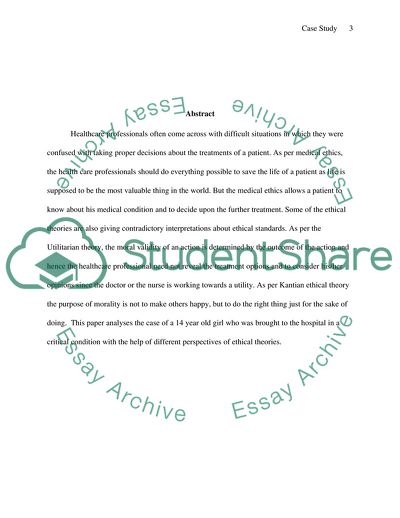Cite this document
(Ruby: A Fourteen Year Old Girl Case Study Example | Topics and Well Written Essays - 2250 words - 2, n.d.)
Ruby: A Fourteen Year Old Girl Case Study Example | Topics and Well Written Essays - 2250 words - 2. https://studentshare.org/health-sciences-medicine/1728261-case-study
Ruby: A Fourteen Year Old Girl Case Study Example | Topics and Well Written Essays - 2250 words - 2. https://studentshare.org/health-sciences-medicine/1728261-case-study
(Ruby: A Fourteen Year Old Girl Case Study Example | Topics and Well Written Essays - 2250 Words - 2)
Ruby: A Fourteen Year Old Girl Case Study Example | Topics and Well Written Essays - 2250 Words - 2. https://studentshare.org/health-sciences-medicine/1728261-case-study.
Ruby: A Fourteen Year Old Girl Case Study Example | Topics and Well Written Essays - 2250 Words - 2. https://studentshare.org/health-sciences-medicine/1728261-case-study.
“Ruby: A Fourteen Year Old Girl Case Study Example | Topics and Well Written Essays - 2250 Words - 2”. https://studentshare.org/health-sciences-medicine/1728261-case-study.


